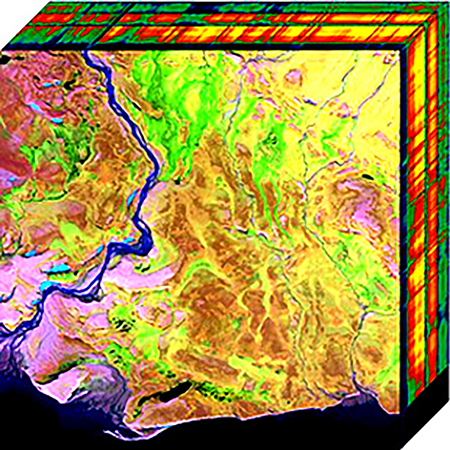What Are the Best Uses for SNNs?
Exploring the Unique Capabilities of Spiking Neural Networks: How SNNs Are Transforming Time-Series Prediction, Robotics, and Temporal Dynamics Analysis

Since SNNs are fundamentally different from other artificial neural networks, engineers are exploring where they can be most effectively used. Applications in time-series prediction, robotics, or any domain where temporal dynamics are important are likely areas of focus.
Key Applications
- Time-Series Prediction: SNNs are highly effective in predicting future events by recognizing temporal patterns in data. Industries like finance, meteorology, and healthcare are utilizing this capability.
- Robotics: SNNs can imitate the human brain's function of processing information over time. This allows robots to process sensory data in real time, aiding in more nuanced and adaptive control.
- Domains Requiring Temporal Dynamics Understanding: SNNs' ability to process information over time enables them to excel in any field where understanding temporal dynamics is vital, such as speech recognition, music composition, and more.
How SNNs Differ From Other Neural Networks
Unlike traditional artificial neural networks that process information in a smooth, continuous manner, SNNs operate on spikes of activity, which is closer to how biological neurons communicate. This difference has several implications:
- Energy Efficiency: SNNs can be more energy-efficient, making them suitable for low-power devices.
- Real-Time Processing: The spiking nature allows for real-time processing, crucial in fields like autonomous driving or emergency response systems.
Challenges and Future Prospects
While SNNs offer great promise, there are also challenges in training and implementing them. The lack of standardized tools and the complexity of understanding spiking behavior may hinder broad adoption.
However, ongoing research and development are likely to address these challenges, opening up even more avenues where SNNs can be applied.
Historical Background and Evolution
Spiking Neural Networks have their roots in biological research, where scientists sought to mimic the way real neurons transmit information. This has led to a distinctive approach that bridges biology and computer science, making SNNs a unique and promising technology.
Conclusion
The use of SNNs in time-series prediction, robotics, and domains requiring an understanding of temporal dynamics is increasingly being recognized as a potent tool. Though they face some challenges, their fundamental difference from other artificial neural networks is driving interest and innovation. The field is set to expand as engineers continue to explore and capitalize on SNNs' unique capabilities.










